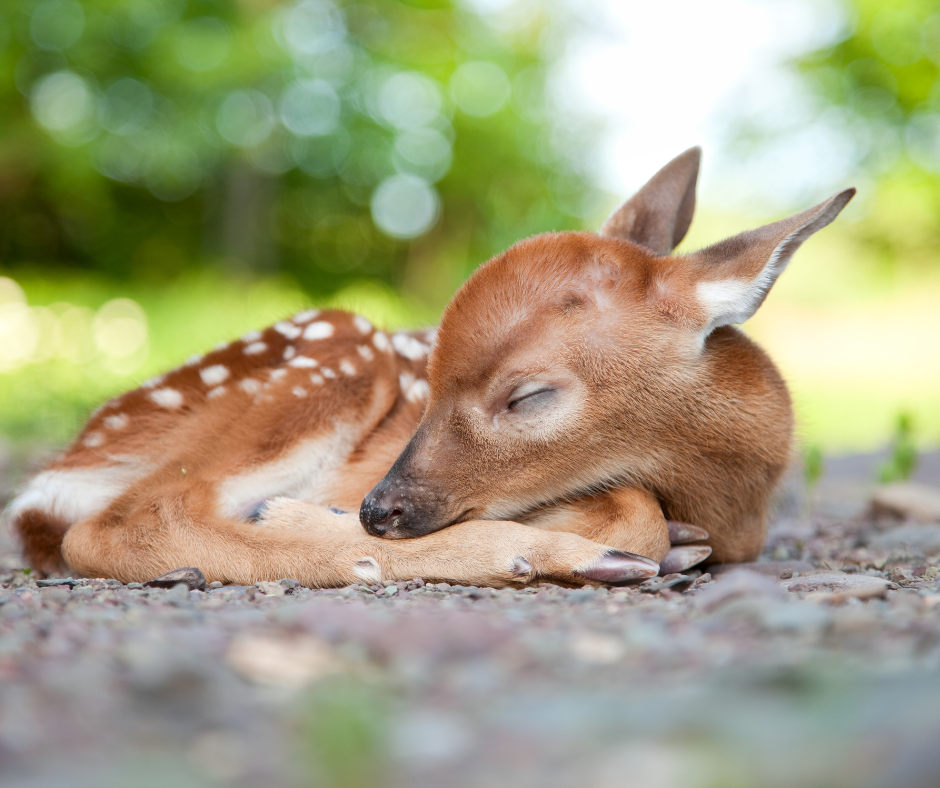
It you care, leave it there. That’s the motto of The Tennessee Wildlife Resource Foundation (TWRF) when it comes to newborn fawns.
“Each year we receive numerous calls from citizens who, with the best of intentions, have rescued a newborn wild animal. The most common situation is people who find deer fawns in residential areas and mistakenly believe that the animals were orphaned or abandoned,” the TWRF states on their website. “Although these good Samaritans believe they are helping the animals, the opposite is actually true. Once you remove a wild animal from its natural surroundings, its chances for survival and successful reintroduction into the wild are greatly diminished.”
As May turns into June, it happens with more frequency in southern, middle Tennessee as babies from fawns to fox pups pop up along our rural landscape. These delicate creatures evoke a sense of wonder and compassion in us, but it’s crucial to remember that they are wild animals. If you happen upon a baby fawn or other animal during your springtime adventures, it’s important to know how to response in the best interest of the animal.
When you stumble upon a baby fawn, it is essential to take a moment to assess the situation. Assess whether the fawn appears to be injured or distressed. Observe from a distance to determine if the mother is nearby, as fawns are often left alone for extended periods as their mothers forage for food. A healthy fawn will usually be lying quietly, camouflaged in the underbrush.
Resist the urge to approach or touch the fawn. While they may appear helpless, baby fawns are best left undisturbed. Their main defense mechanism is to stay still and hidden, relying on their natural camouflage to avoid predators. Human scent and interference can disrupt this natural defense, potentially jeopardizing the fawn’s safety.
After observing the fawn from a safe distance, you can monitor it discreetly to determine if the mother returns. Mother deer will typically return periodically to nurse and care for their young. Keep a watchful eye from a distance for at least a few hours, allowing ample time for the mother’s potential return.
If the fawn appears injured, weak, or has been left unattended for an extended period, it may be appropriate to contact your local wildlife authorities. They have the expertise and knowledge to assess the situation accurately and determine the best course of action. They can provide guidance on whether it’s necessary to intervene or leave the fawn alone.
Th TWRF recommends using the Animal Help Now service to connect baby wildlife with local advocates and wildlife rehabilitators who can assess the situation properly. From their website, AHNow.org, you can get the contact information for helpers and rehabilitators in this area. •
{The Lynchburg Times is an independently-owned, community newspaper located in Lynchburg, Tennessee the home of The Jack Daniel Distillery. We focus on public service, non-partisan, rural journalism. We cover the Metro Moore County government, local tourism, Moore County schools, high school sports, Motlow State Community College, as well as whiskey industry news and regional and state stories that affect our readers.}
